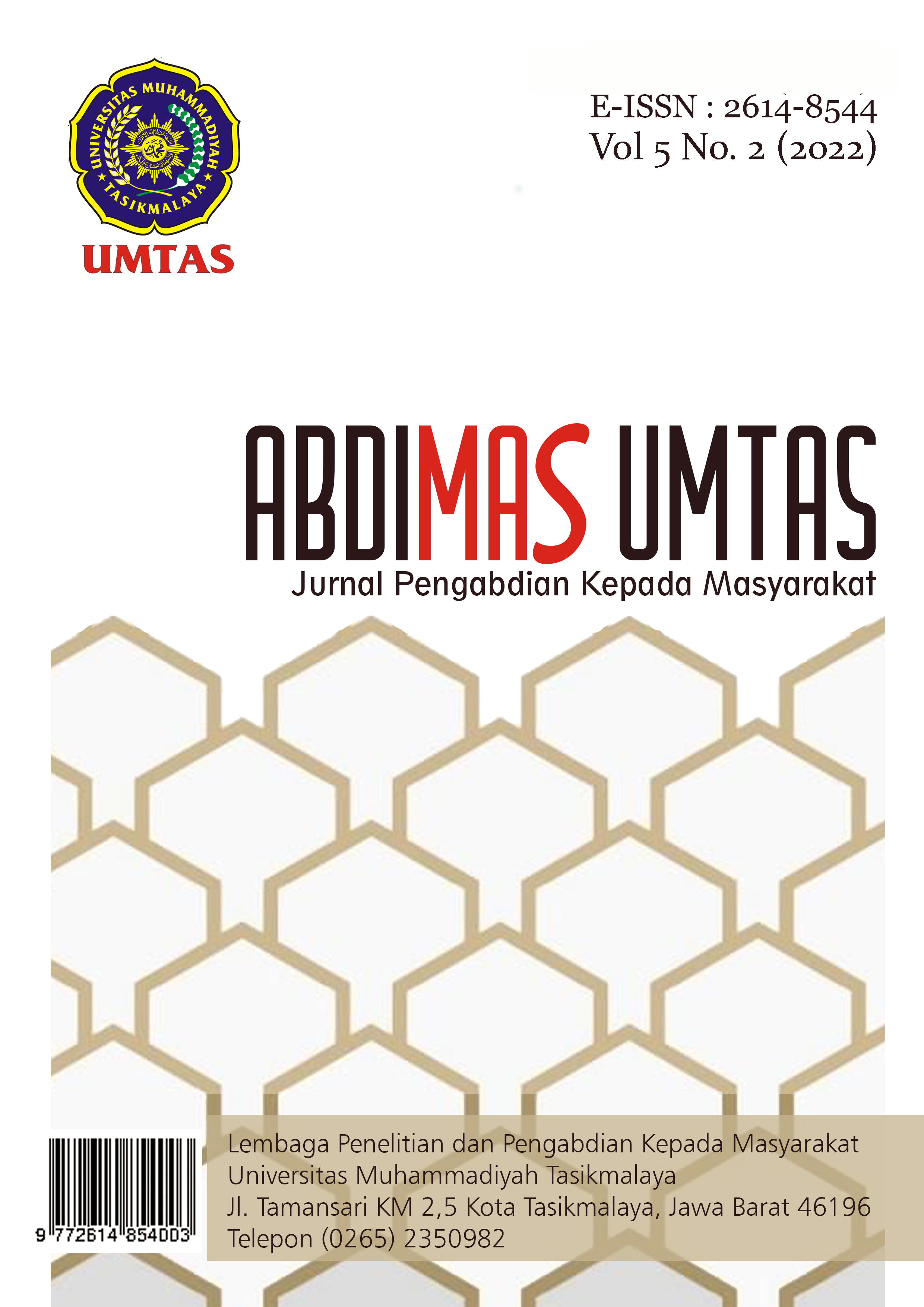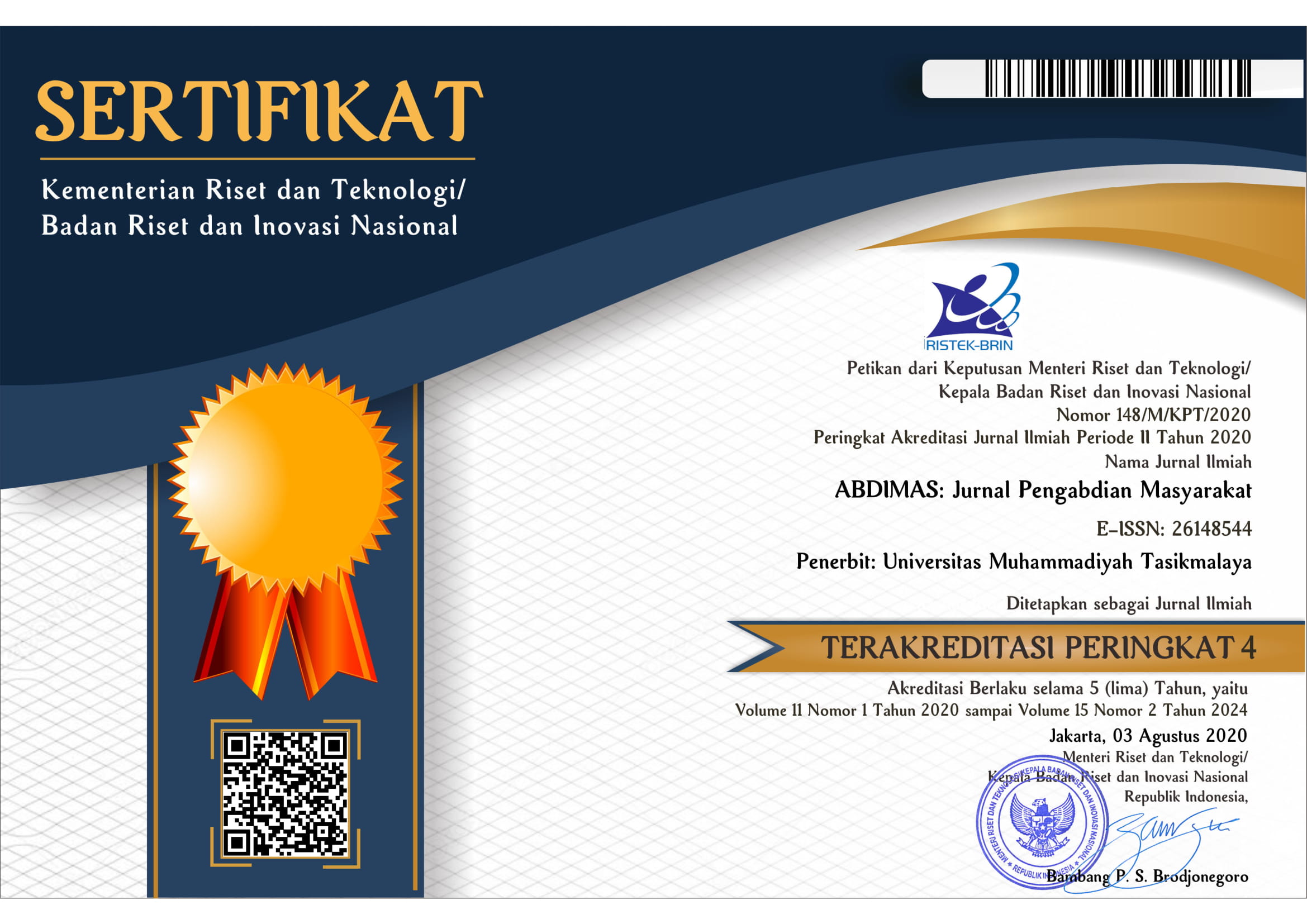Coaching on Strategic Mapping of Strengths and Weakness in Tapis's Artisan of Negeri Katon Village
DOI:
https://doi.org/10.35568/abdimas.v5i2.2610Abstract
Negeri Katon is a village of Lampung tapis craftsmen who have been hereditary since 1980. This shows the production and creative ability of the tapis artisans as an expression of creation. However, the sales are conventional in the market or the Galeri Tapis Lampung, Negeri Katon Village. The importance of market development should be understood and desired by individual tapis artisans as well as organizations (Tapis Jejama). In strategic mapping issues, it is necessary to increase the ability of business people to map internal factors (strengths and weaknesses) as well as external factors (opportunities and challenges). This service activity consists of three (3) activities; (1) observation, (2) workshop, and (3) mentoring. The results of this activity mapping show that there are five strengths and six weaknesses. Regarding the condition, urgency needs to develop technology-based communication with loyal customers and potential consumers and be supported by the government through programs and legal protection for tapis Lampung creations.














